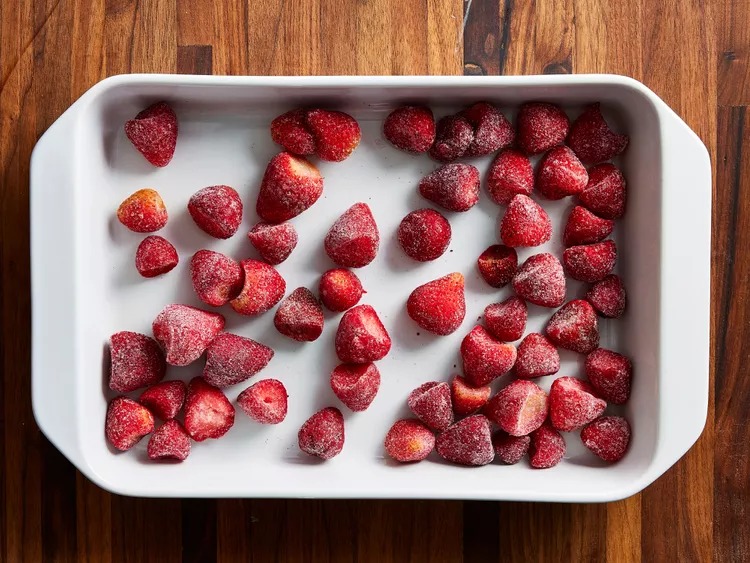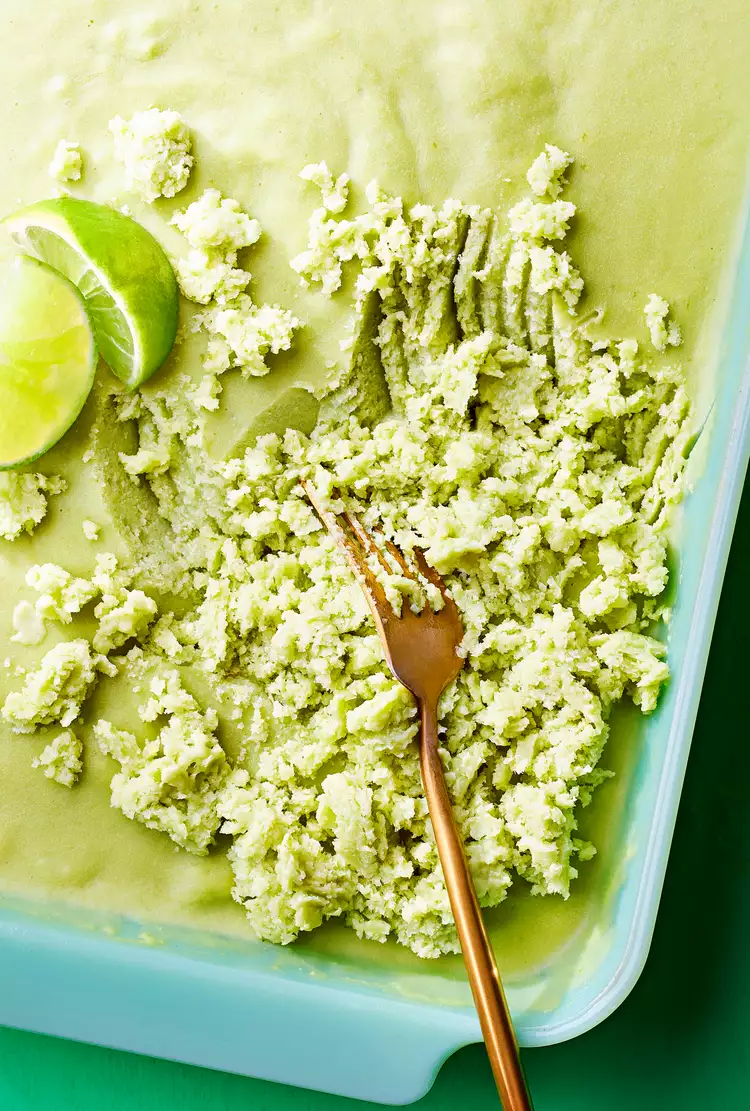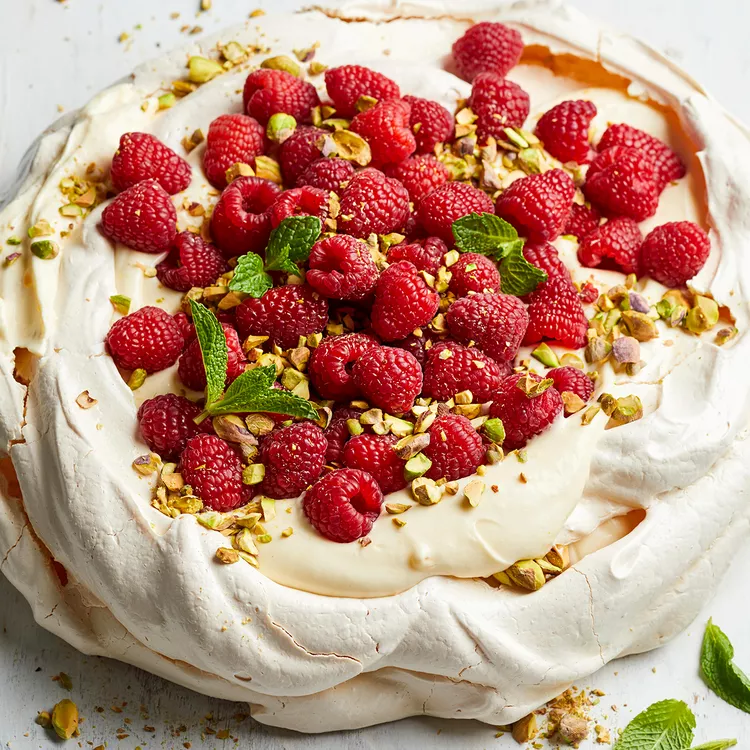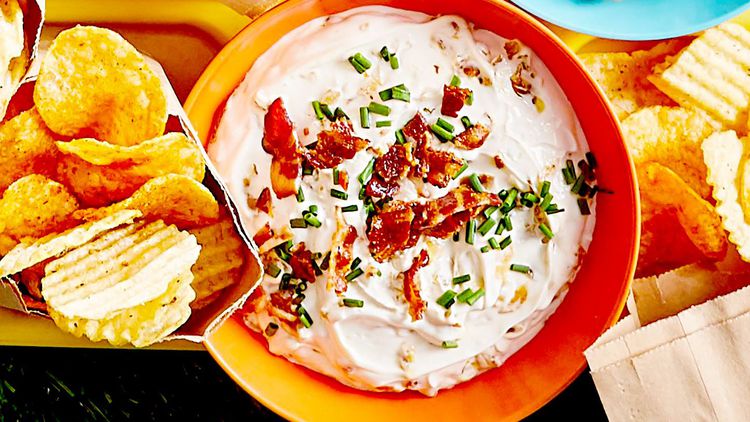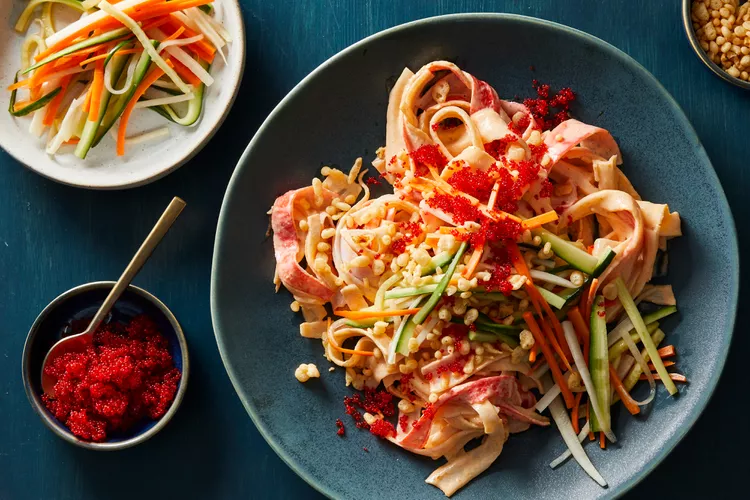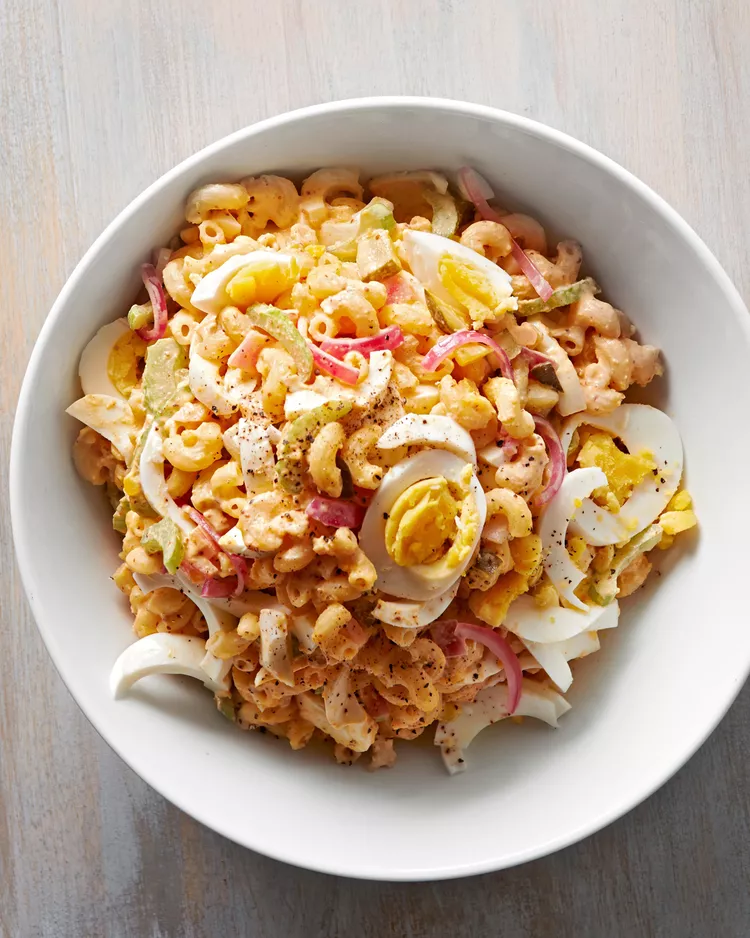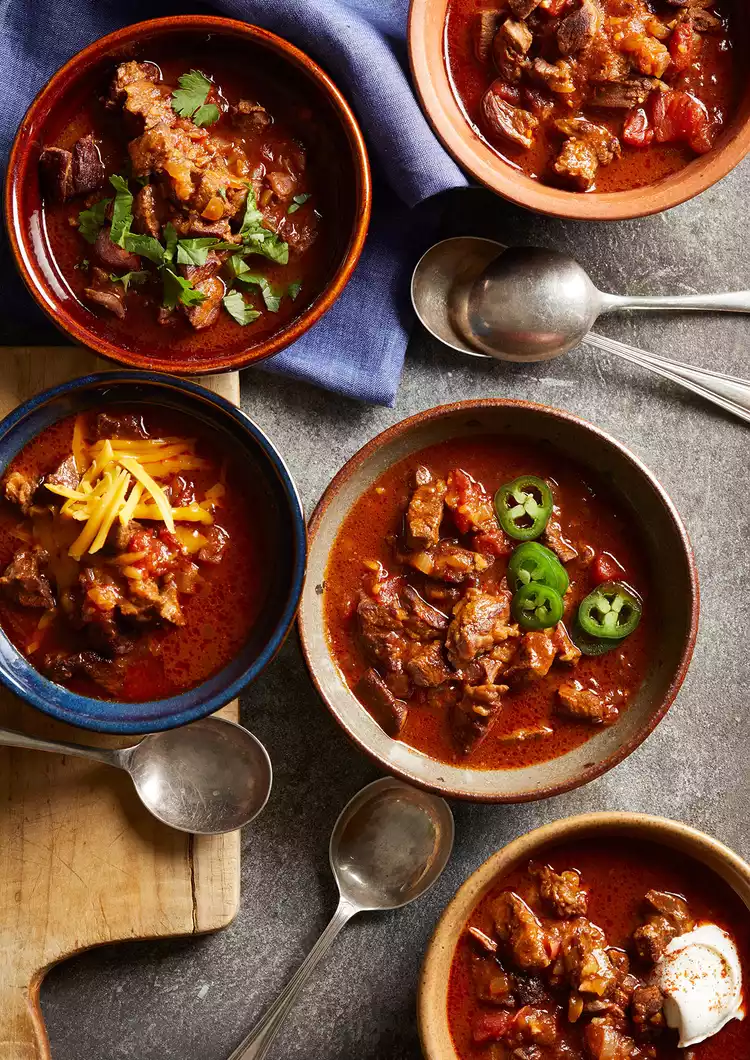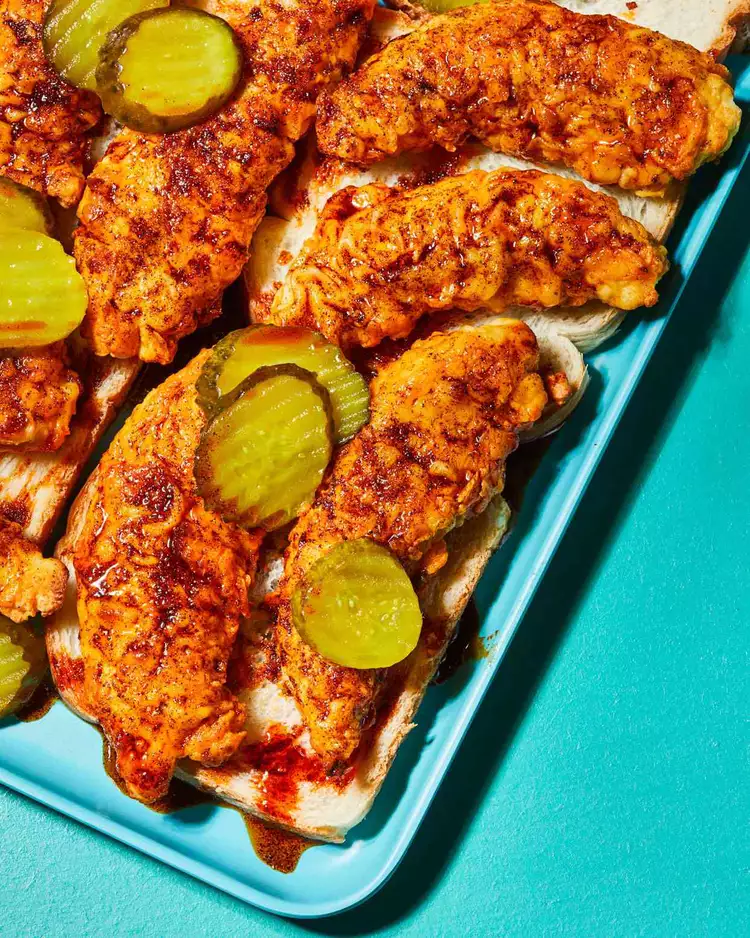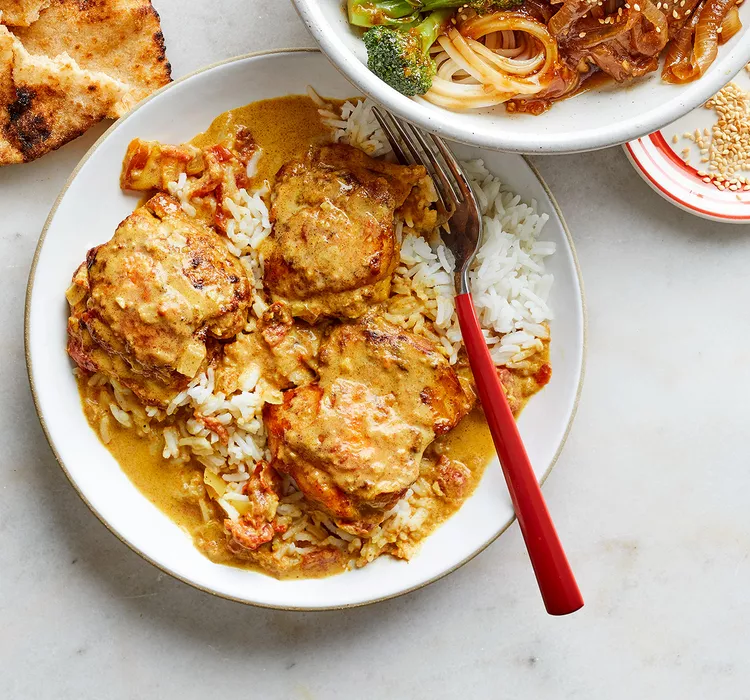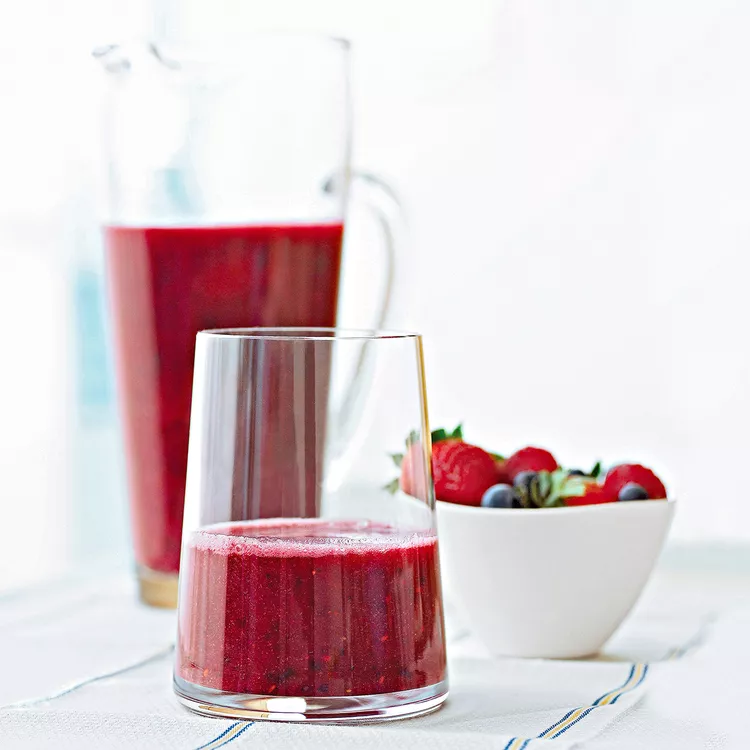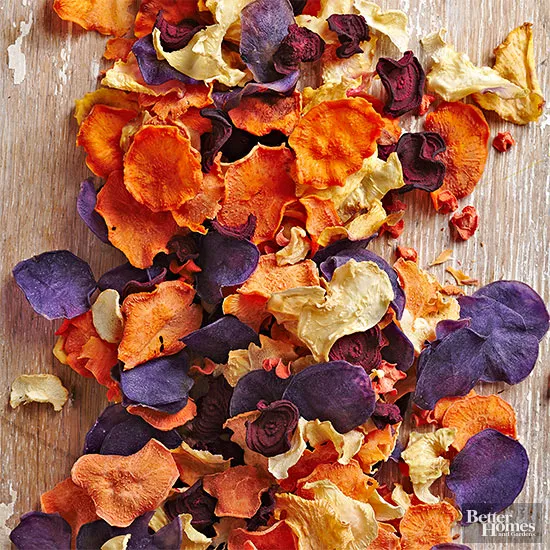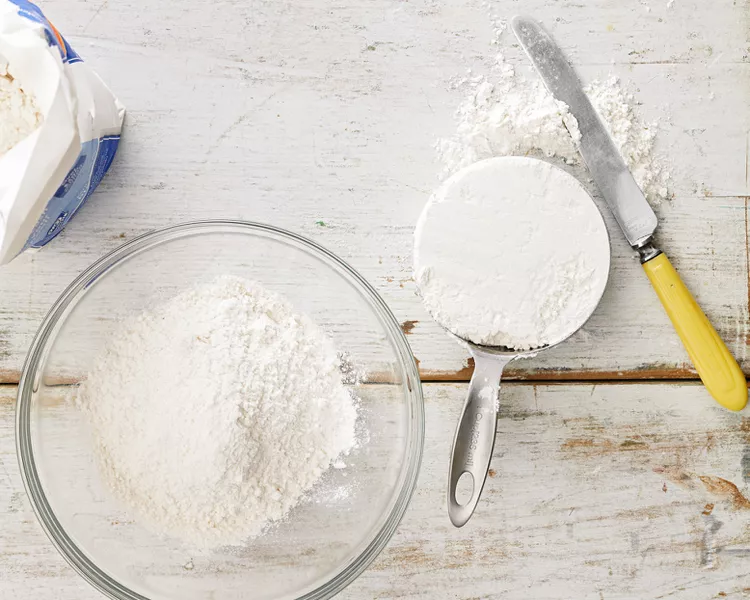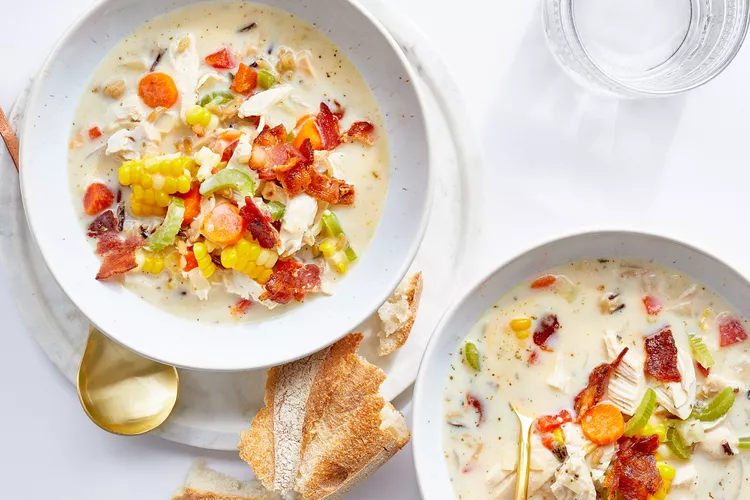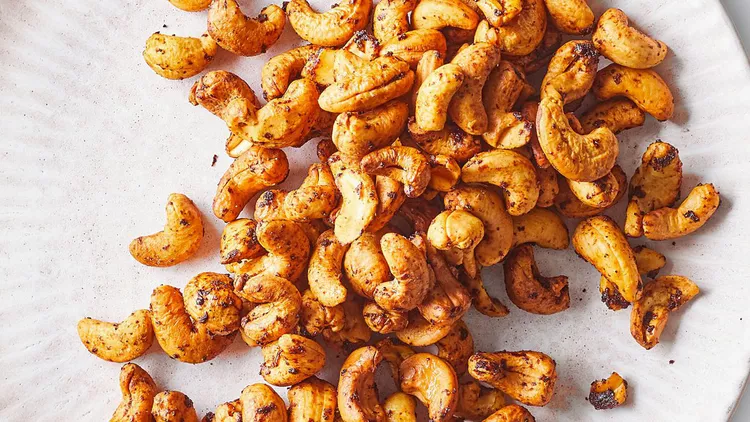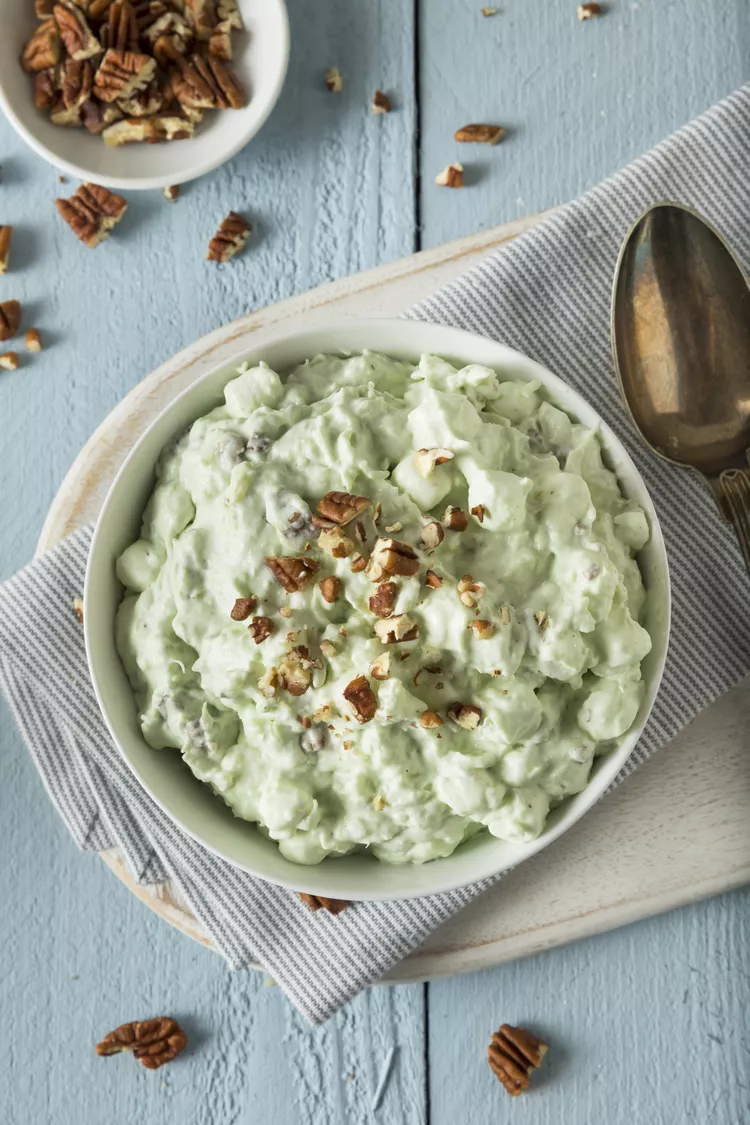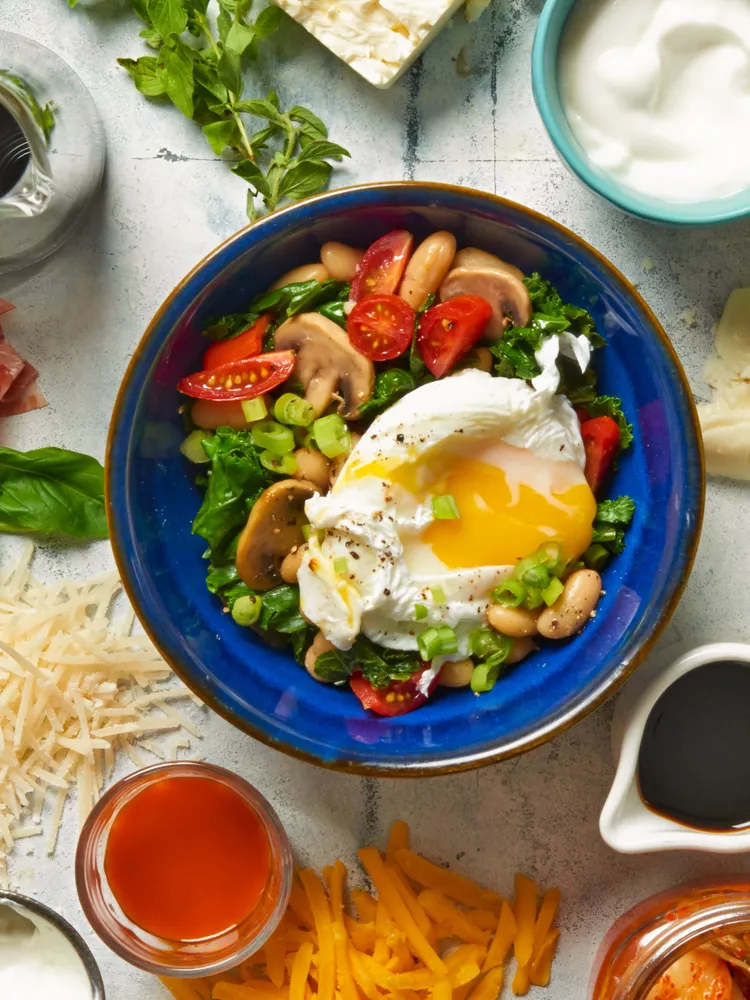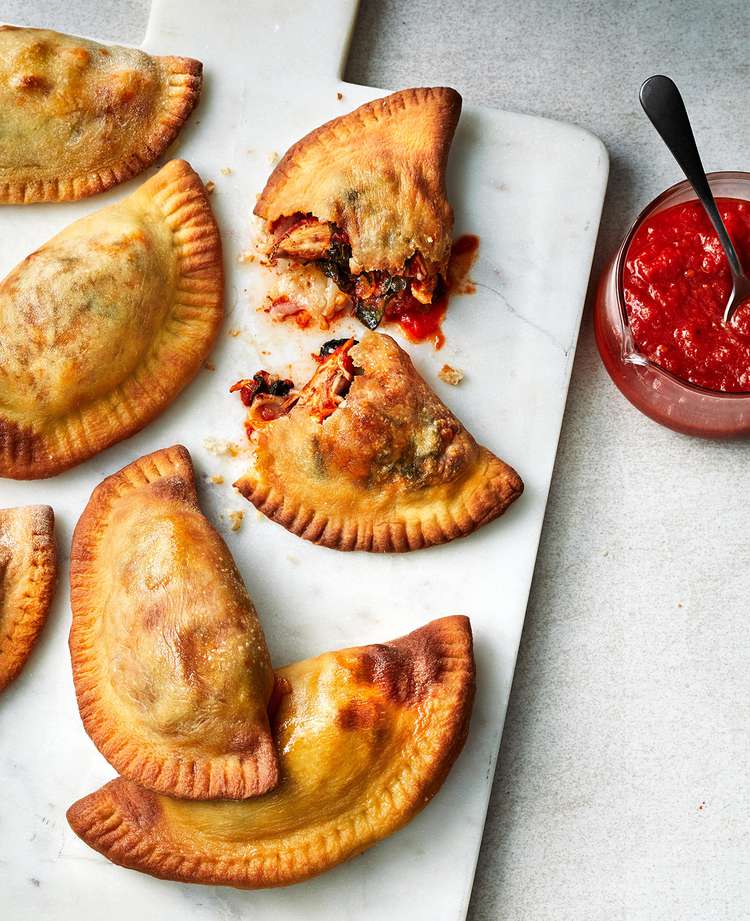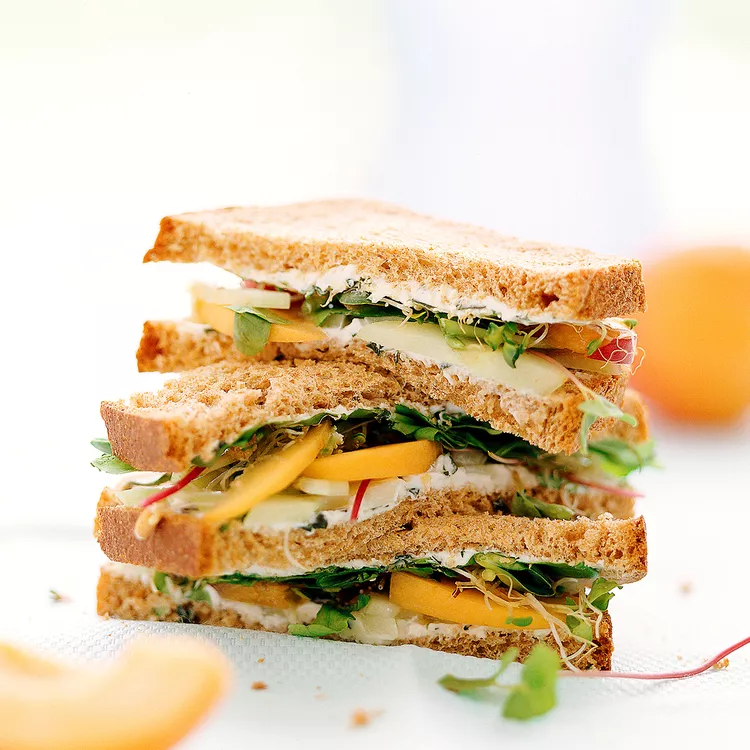True, inflammation sounds painful and potentially dangerous. But before we dive into the topic of smoothies for inflammation-fighting, it's important to note that not all inflammation is bad. "Inflammation is a necessary process that helps your body defend itself and heal," explains Jenna Werner, R.D., creator of Happy Strong Healthy in West Orange, New Jersey. There are two types of inflammation, chronic and acute. Acute inflammation is redness or swelling from a recent injury. Acute inflammation is a sign the body is trying to heal itself. On the flipside, chronic inflammation is often caused by illness or persistent stress. This type of inflammation in the body (which can be triggered by many lifestyle habits and foods in the standard American diet) can put you at higher risk for chronic diseases including cancer, heart disease, arthritis, depression, Alzheimer's, and Parkinson's disease.
"Consuming certain foods and beverages in excess may create a pro-inflammatory environment. These foods and beverages include: refined carbohydrates, sugar-sweetened beverages, excess alcohol, processed snack foods, sugary desserts, fried foods, trans fats, excessive red and processed meat intake, and refined oils," summarizes Michelle Hyman, R.D., a registered dietitian. "Foods and beverages that help reduce inflammation include non-starchy vegetables, whole fruits without added sugar, plant-based fats, omega-3 fatty fish, spices, and unsweetened teas."
Rather than drinking anti-inflammatory smoothies all day long, Werner recommends aiming for moderation.
"When it comes to eating to prevent chronic inflammation, ensuring we have a balanced diet that is rich in nutrients (plus the fun foods we can't live without) is really important! A balanced diet that includes fruits, vegetables, whole grains, lean proteins, healthy fats, and calcium-rich foods is key, and incorporating consistent movement that you love is also a key factor as well."
The Best Anti-Inflammatory Smoothie Ingredients, According to Dietitians
Smoothies or otherwise, a good anti-inflammatory diet rule of thumb is to aim for at least three different colors on your plate (or in your glass) per meal, Werner suggests.
"Mixing and matching deep-colored fruits and veggies that you enjoy is a great way to add anti-inflammatory smoothie ingredients to your snack or meal," Werner says.
We're fond of starting the day with an anti-inflammatory smoothie recipe, like those below, to kick the day off on a well-fueled, nutritious note. It's also an easy way to score several superfoods in one quick-fix grab-and-go breakfast. These smoothies for inflammation also work well as snacks, if you prefer a warm or heartier morning meal.
Stock up on these ingredients to add to your blender then snag our favorite recipes that explain exactly how to make these smoothies for inflammation fighting go from grocery store to glass.
Avocado
How much to add to your anti-inflammatory smoothies: ¼ of a medium fruit
Great for so much more than guac recipes, avocado lends a creamy texture and a healthy dose of good-for-you monounsaturated fats.
"Fat can keep you from getting hungry between meals, and helps to lessen the natural inflammation that occurs from intense exercise and general activities of the day," says Rachel Fine, R.D., a registered dietitian and owner of the nutrition counseling firm To The Pointe Nutrition in New York City.
Each serving of this Avocado Smoothie sneaks in about one-third of a fruit. (Whizzing up a single serving of this smoothie for inflammation? Supermarkets like Trader Joe's have started to sell "tiny avocados" that are ideal for one anti-inflammatory smoothie.)
Berries
How much to add to your anti-inflammatory smoothies: ½ cup
Only about 5% of Americans consume enough fiber per day (25 grams for women and 38 grams for men), according to research published in the American Journal of Lifestyle Medicine.
"Fiber helps to slow the overall absorption of sugar into your body, promoting a steadier release of energy," Fine says.
Raspberries, blackberries, blueberries, and strawberries are among the highest-fiber (about 2 to 4 grams in just a ½ cup) fruits and are a cinch to add to anti-inflammatory smoothies as a natural sweetener. Try this mixed berry-loaded Antioxidant Power Smoothie (with 6 grams of fiber per serving) to get you well on your way to your daily fiber goal.
Leafy Greens
How much to add to your anti-inflammatory smoothies: 1 cup, uncooked
Toss a handful into your anti-inflammatory smoothie for a boost in vitamins and minerals, like vitamin C and iron, Fine suggests.
"Most of us struggle to consume enough non-starchy vegetables, such as spinach or kale. These blend very well into smoothies and the fruit can mask the taste," Hyman says. "For a more delicate taste, buy baby versions of these vegetables."
Our Matcha Smoothies sneak in plenty of spinach alongside potassium-rich bananas and health-boosting matcha tea. If that feels too much like "health food," this Blueberry-Pineapple Smoothie for inflammation is ideal if you're trying to get picky eaters to go green.
Seeds
How much to add to your anti-inflammatory smoothies: 1-2 tablespoons
Super seeds like chia and flax offer heart-healthy fats, vegetarian protein, and dietary fiber, Hyman says.
Fine adores chia seeds in her anti-inflammatory smoothies because they are high in soluble fiber, which helps to maintain blood sugar and sustain energy.
"They're also a great source of calcium, which is critical for strong bones," Fine adds. "Flax is an affordable smoothie-for-inflammation addition that's rich in plant lignans. These phytochemicals are antioxidants that help to fight free radicals, which can otherwise accumulate from strenuous physical activity."
Get your chia seed fix in this Pineapple-Spinach Smoothie recipe, and add flax to your next Berry-Coconut Smoothie Bowl.
Warm Spices
How much to add to your anti-inflammatory smoothies: ½-1 teaspoon, to taste
Cinnamon, turmeric, and ginger are among the easiest anti-inflammatory spices and flavor-boosters around, and they last for about a year when stored properly in your spice cabinet. Nearly any recipe can be supplemented with spice to create a ginger, cinnamon, or turmeric smoothie for inflammation as long as you like the flavor combos! Try a banana-cinnamon, turmeric-coconut milk, or ginger-pineapple smoothie and make it your own using our handy guide for how to make a smoothie (even without a recipe!).
If you prefer more guidance, we've got you covered. This Spiced Sweet Potato and Coconut Smoothie recipe explains how to incorporate cinnamon, while these Sweet Honey-Ginger, Beet, and Mango Smoothies showcase (you guessed it!) ginger.
A well-rounded eating pattern, with a boost from these inflammation-fighting smoothies, can make a noticeable difference in your overall health.
